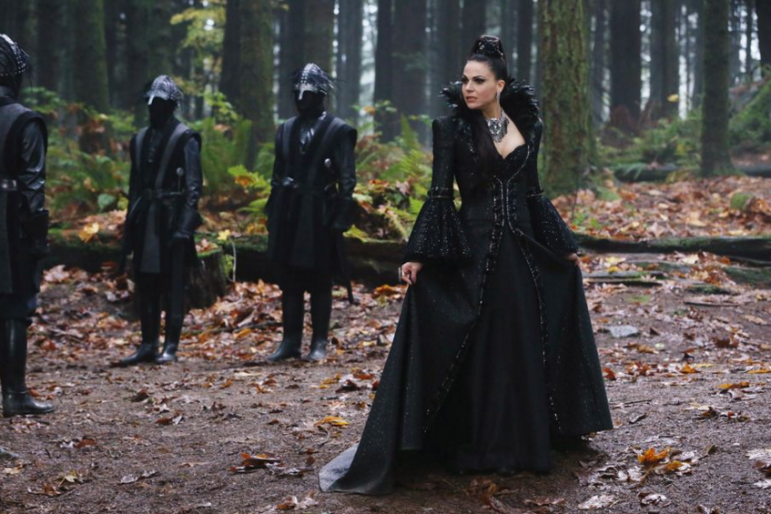What makes “Once Upon a Time” so appealing to audiences?
Quick Answer: ABC’s Once Upon a Time is the underdog of television shows; expected to last one season, it was recently renewed for a sixth. So what is the show’s appeal? Simply put: the characters. Once Upon a Time takes preexisting, beloved fairy tale characters and subverts the viewers expectations. Heroes become sinister, villains become kindhearted, and all grapple with potential inner darkness. The result is a bevy of newly imagined, more complex characters. Meanwhile the show’s central interest in redemption reminds us that the halcyon days of good vs. evil no longer exist. Each character has the potential for good and evil and is ultimately defined by his or her choices.
ABC’s Once Upon a Time (2011 - ) is the underdog of television shows. Many were convinced that it would last only for one season, if it was lucky. But thanks to a loyal and bigger fan base than anyone could have imagined, it recently completed its fifth season and will return for a sixth in October. So what is its appeal? Simply put: the characters.
Once Upon a Time takes preexisting, beloved fairy tale characters and subverts the viewers expectations. Heroes become sinister, villains become kindhearted, and everyone is susceptible to releasing their inner darkness. The result is a bevy of newly imagined, much more complex characters. The halcyon days of black-and-white good vs. evil no longer exist. Each character has the potential for good or evil and is ultimately defined by his or her choices and potential to change.

Robbie Kay in Once Upon a Time
If Once Upon a Time‘s success comes from its deep, emotionally relatable characters, they in turn come from the show’s creators, Adam Horowitz and Edward Kitsis. The pair wrote over 20 episodes on Lost (2004 - 2010), a show that is also overflowing with well-developed characters. On Once Upon a Time, the pair takes on the challenging task of reworking well-known characters into something different from our expectations. Horowitz, Kitsis and the rest of the OUAT team take these characters and stories of our childhoods and twist and intertwine them in ways we’ve never seen before. A perfect example is their twist on J. M. Barrie’s classic Peter Pan. In the show, Pan (Robbie Kay) is one of the worst villains, his demonic nature bordering on psychotic. Conversely, Captain Hook (Colin O’Donoghue) starts off as a villain and grows into a hero. This development exemplifies one of the show’s most endearing qualities: its message about redemption.
In addition to Captain Hook, there are many other characters who have done awful things. Intead of letting the past define them, these characters work tirelessly to right their wrongs. Regina (Lana Parrilla), the Evil Queen, is perhaps the best example of an evil character who resolves to be a better person. She is without a doubt the biggest villain of the first season, killing numerous people for looking at her the wrong way. Her vendetta against Snow White (Ginnifer Goodwin) is particularly strong; the queen has attempted to kill the youngster countless times. And did I mention she murdered her own father? This sort of behavior seems pretty irredeemable. Once we learn about Regina’s roots, however, she grows into a much more empathetic character. It’s clear that she comes to hate her murderous behavior. She works harder than any other character to become good again, teaming up with all of the heroes in town. Regina becomes a heroic force on the show, saving lives and earning the trust and affection of her peers.

Lana Parrilla in Once Upon a Time
Not everyone can become a hero, however, and this truth speaks to the complexity of the show. This season Emma Swan (Jennifer Morrison), the Savior, turns into the Dark One, or The Dark Swan, proving that everyone is susceptible to darkness. In Once Upon a Time, people aren’t inherently good or evil; everyone has the potential for both within. Our choices and actions determine who is a hero or villain. Similarly, everyone has the capacity for change. It’s comforting to see people, even fictional characters, achieve self-improvement. It gives us hope that, if our childhood heroes can be redeemed, so can we.

